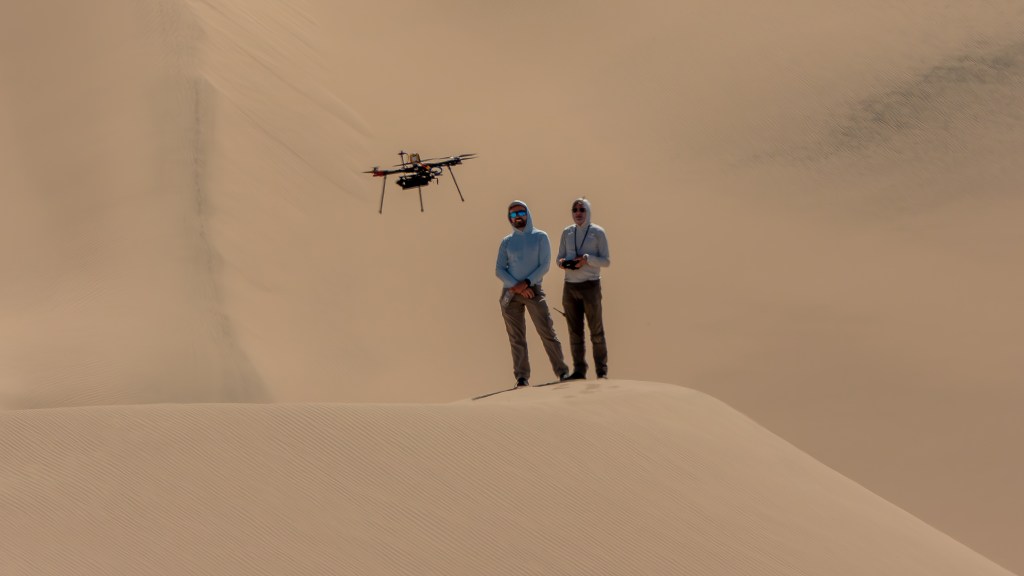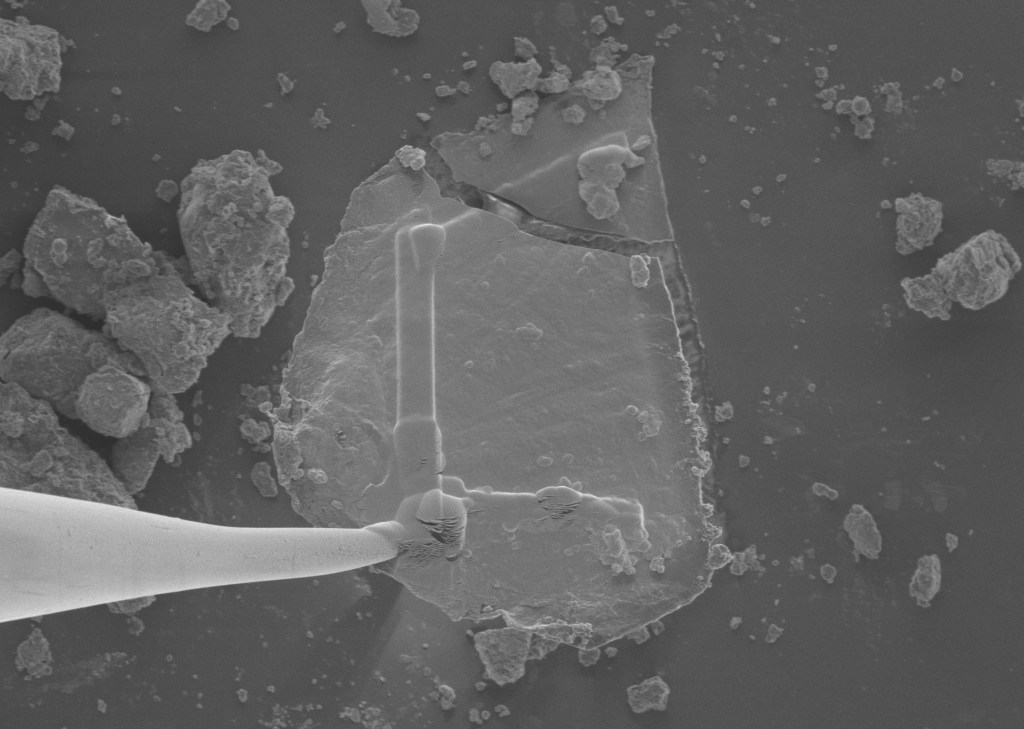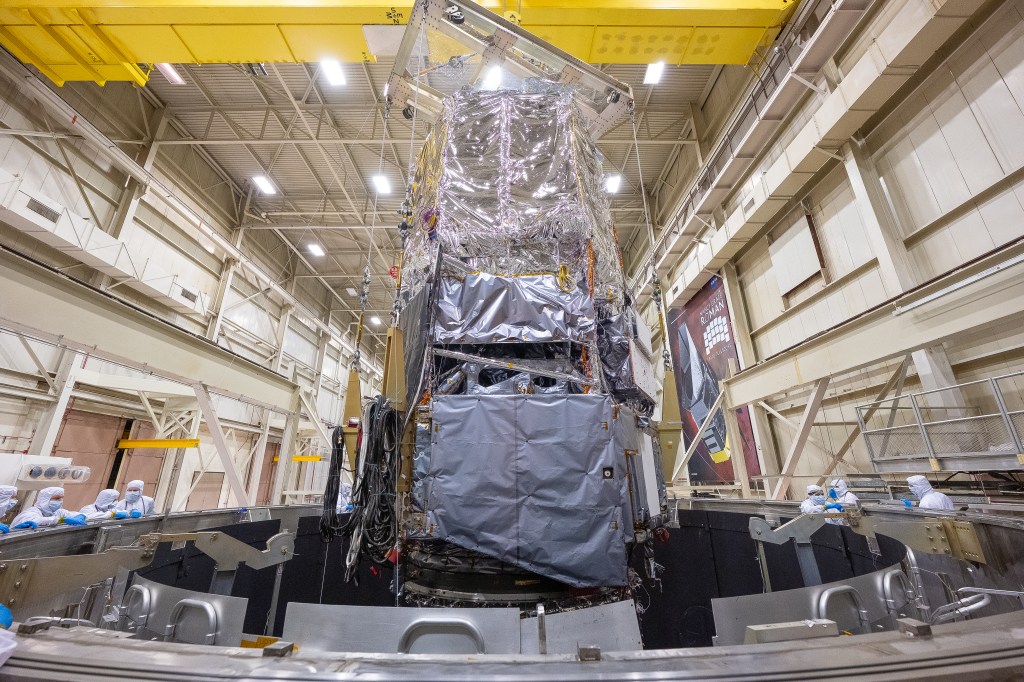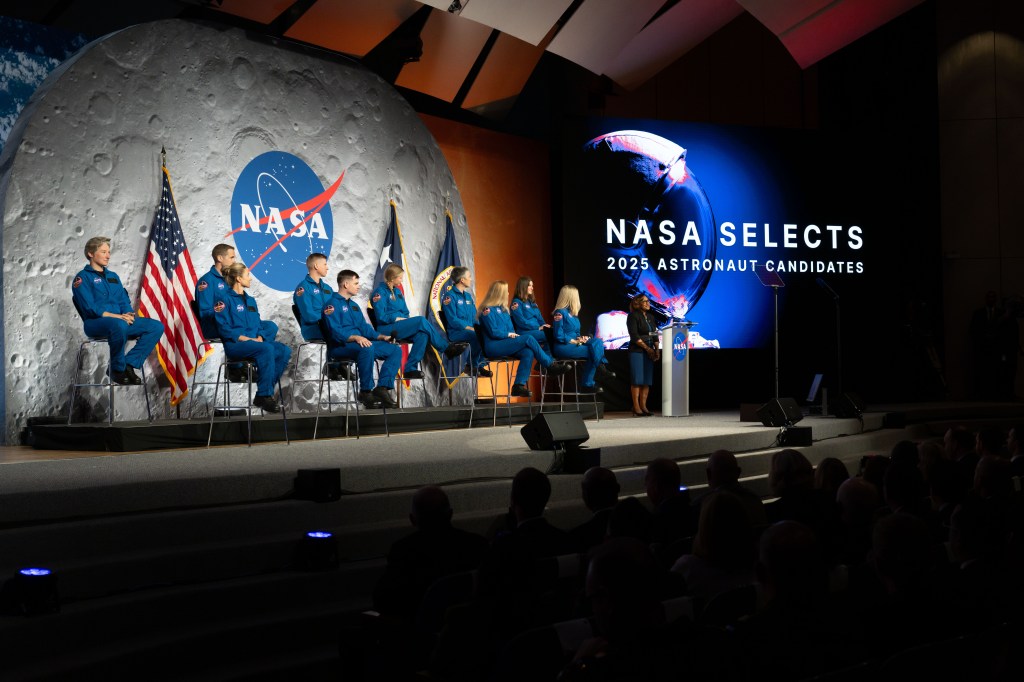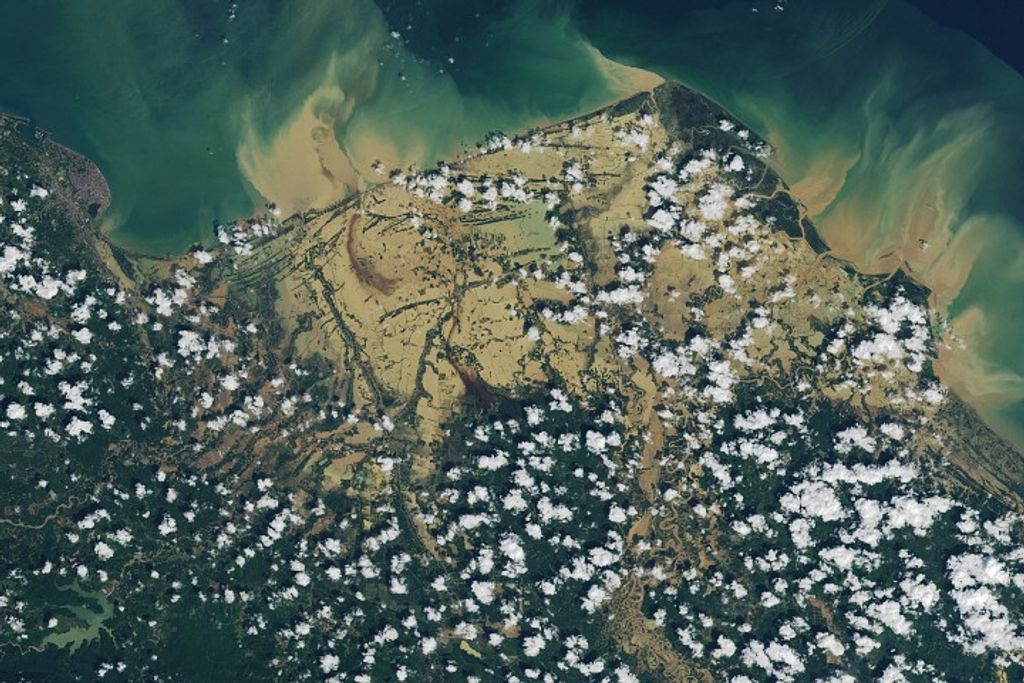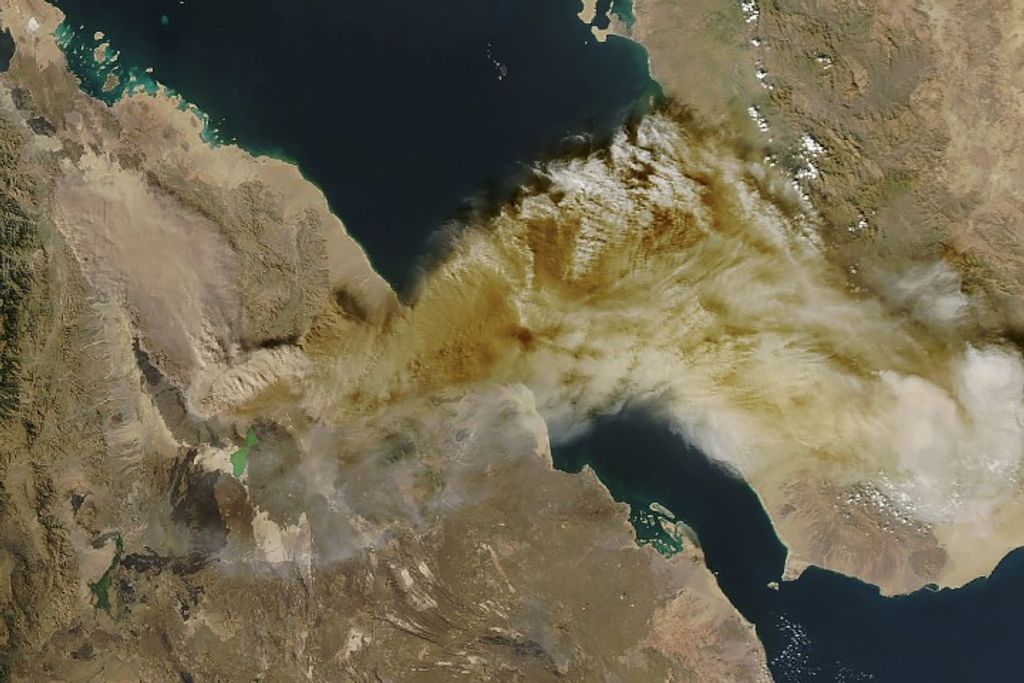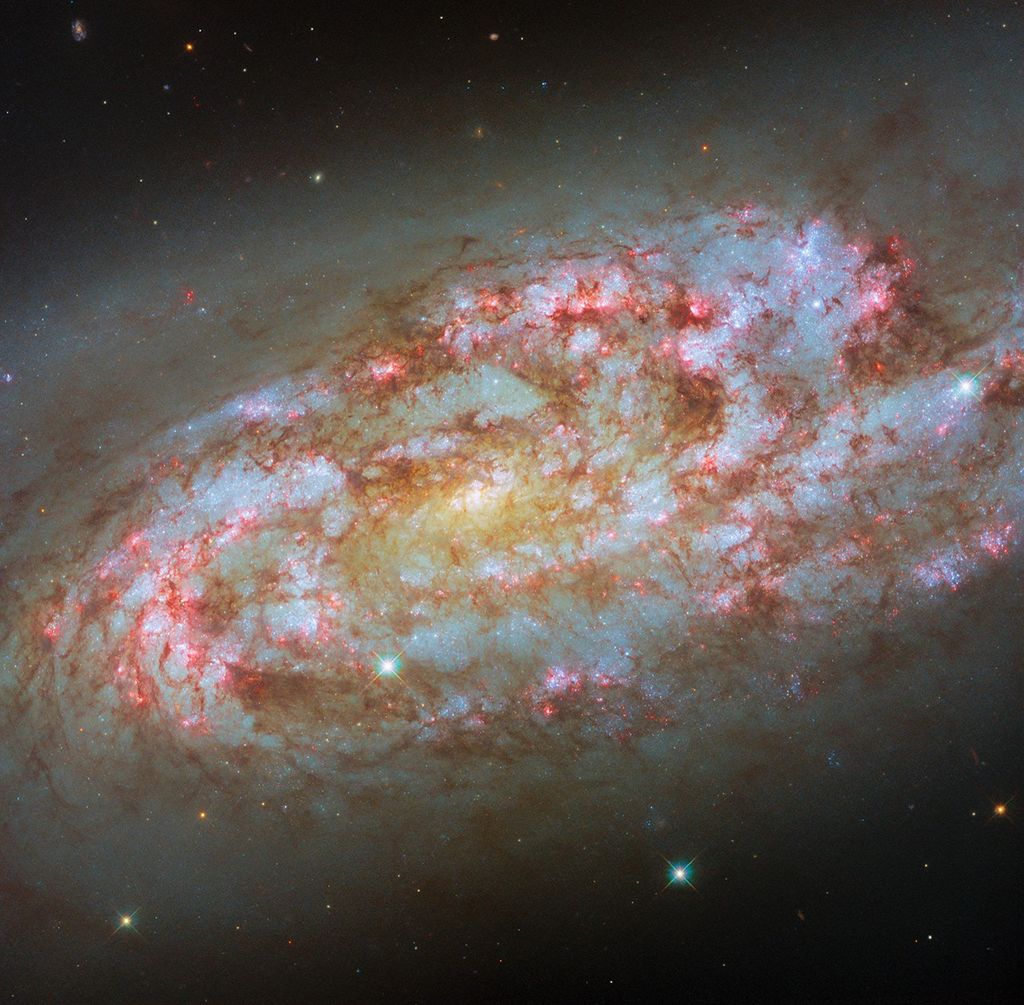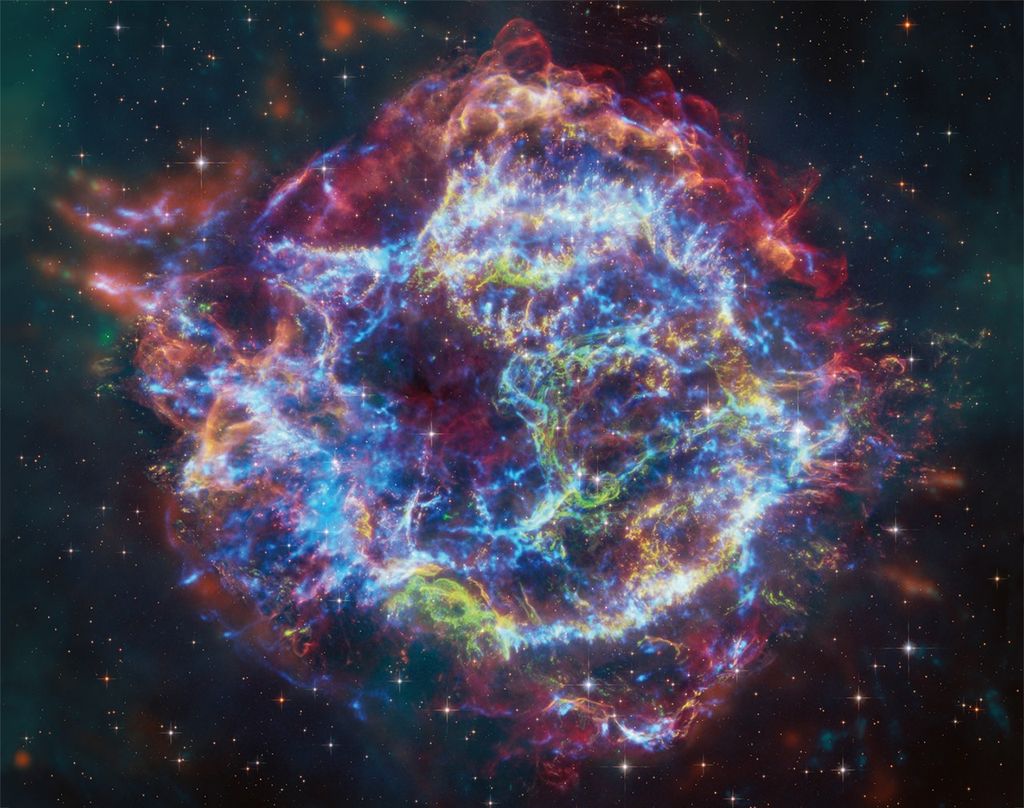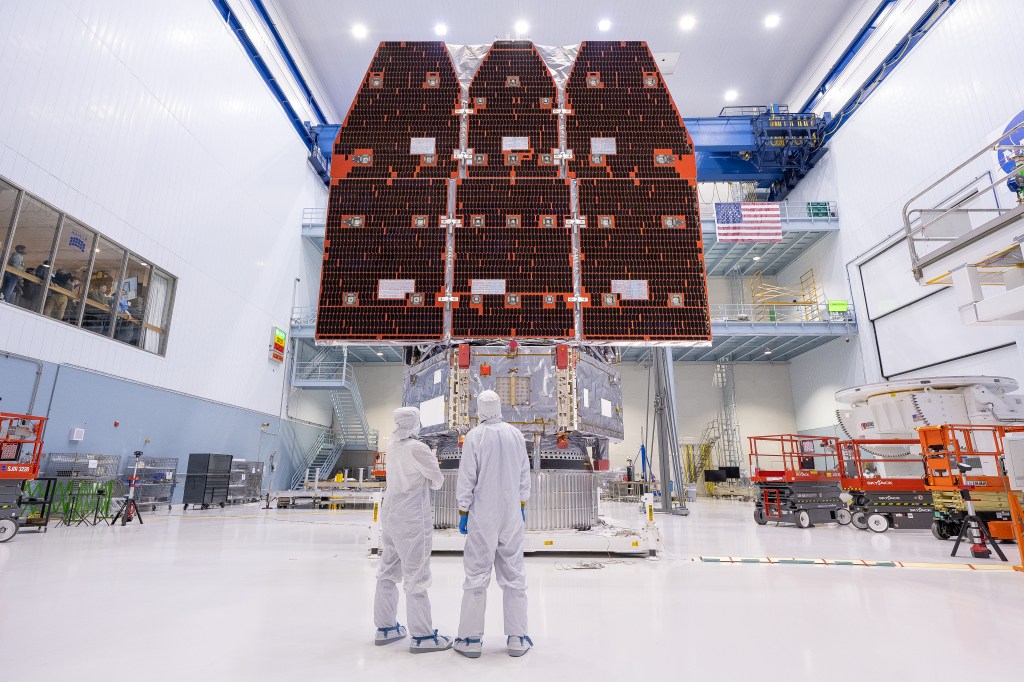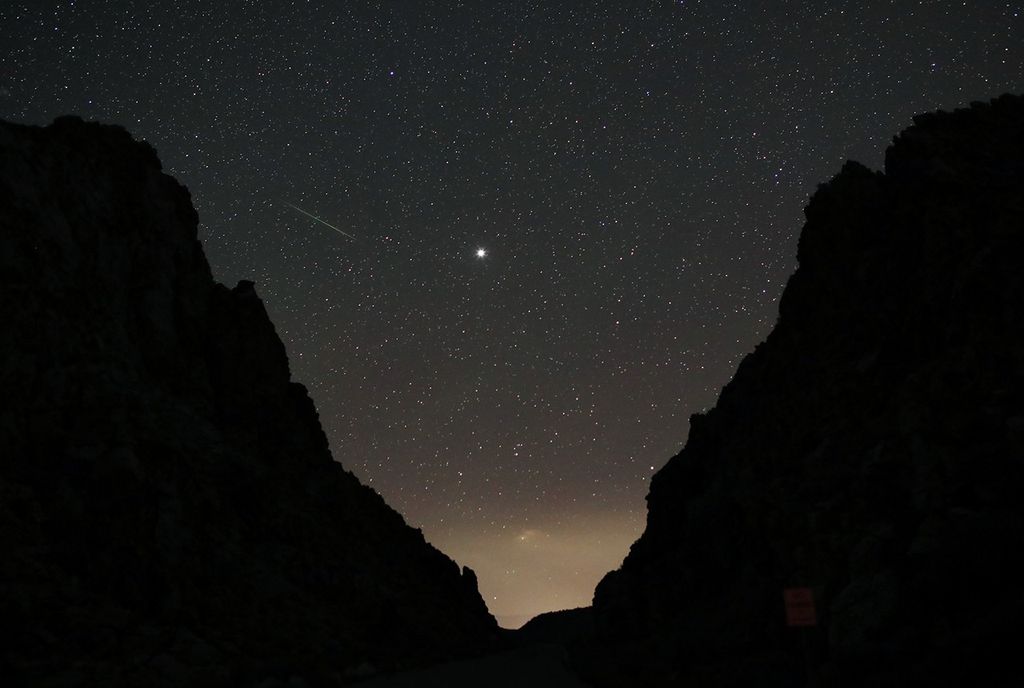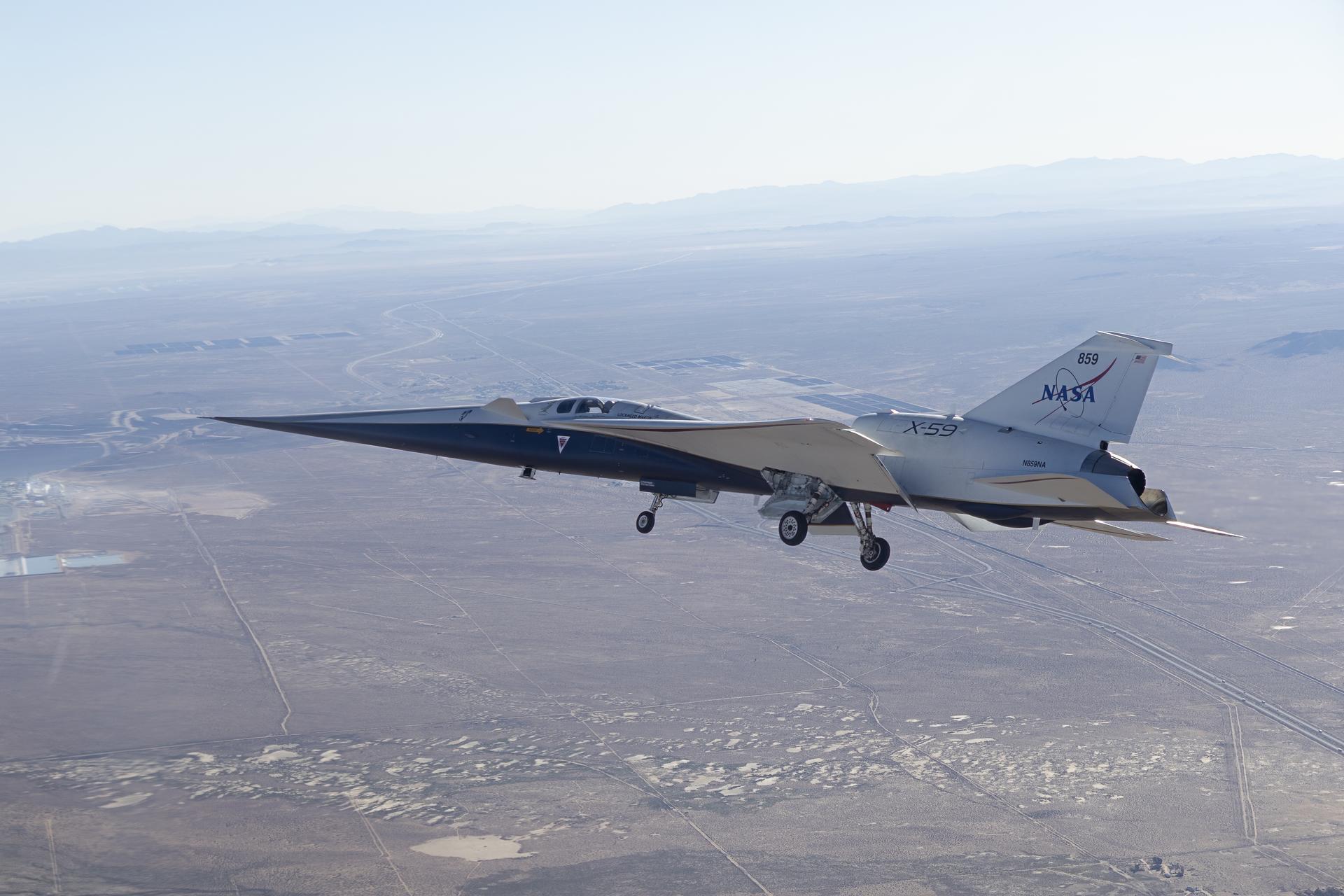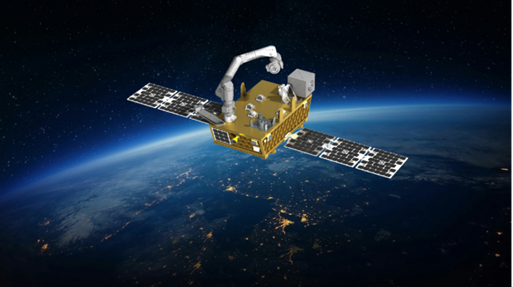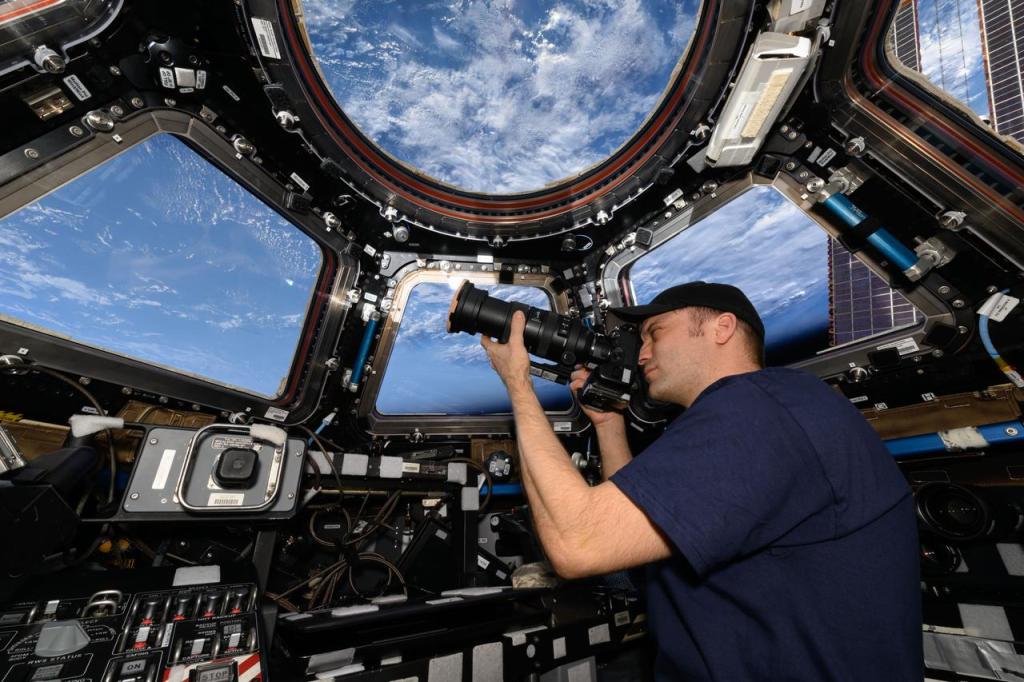1 min read
Feasting Black Hole Blows Bubbles from Galaxy NGC 4438
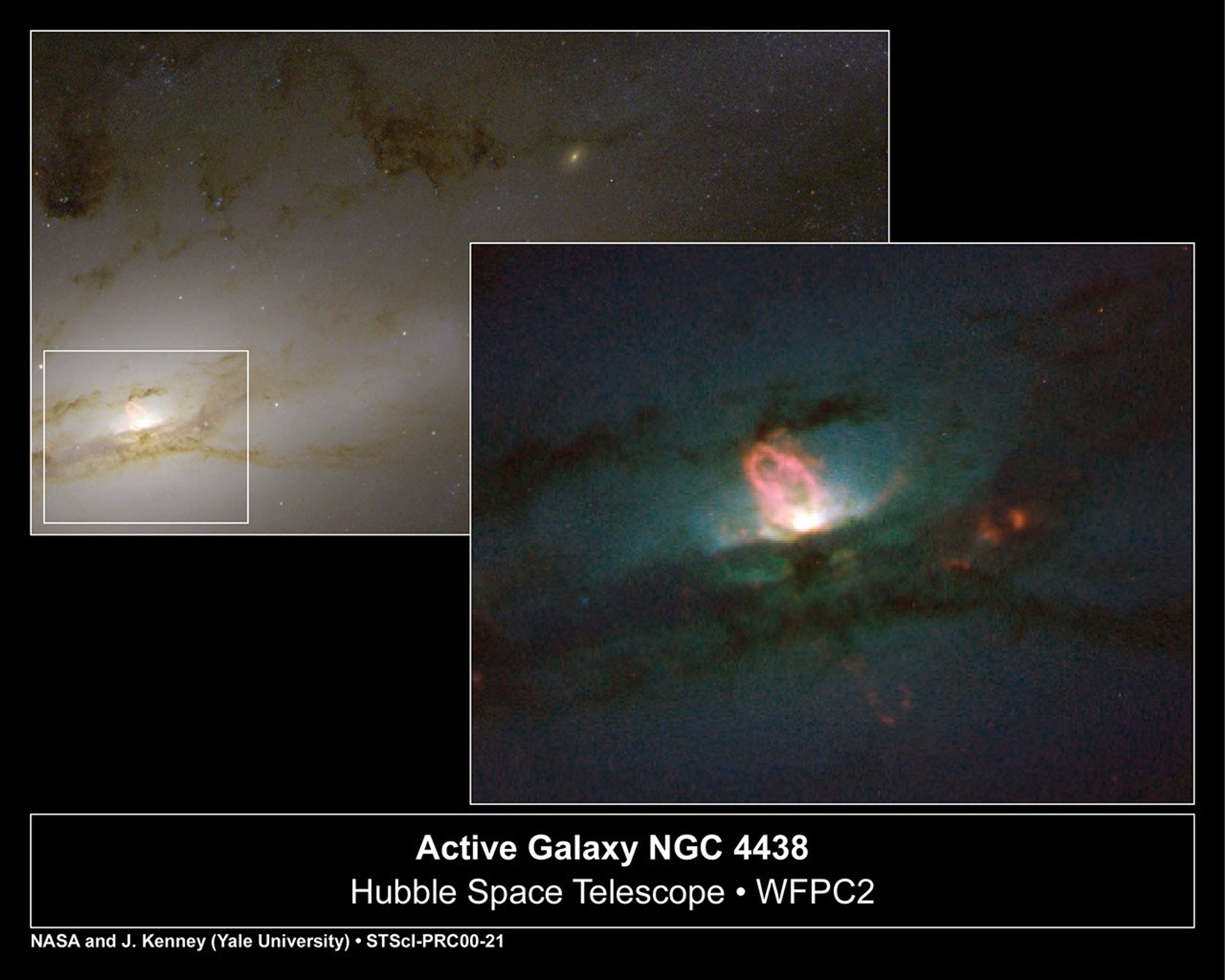
A monstrous black hole's rude table manners include blowing huge bubbles of hot gas into space. At least, that's the gustatory practice followed by the supermassive black hole residing in the hub of the nearby galaxy NGC 4438. Known as a peculiar galaxy because of its unusual shape, NGC 4438 is in the Virgo Cluster, 50 million light-years from Earth.
These NASA Hubble Space Telescope images of the galaxy's central region clearly show one of the bubbles rising from a dark band of dust. The other bubble, emanating from below the dust band, is barely visible, appearing as dim red blobs in the close-up picture of the galaxy's hub (the colorful picture at right). The background image represents a wider view of the galaxy, with the central region defined by the white box.
These extremely hot bubbles are caused by the black hole's voracious eating habits. The eating machine is engorging itself with a banquet of material swirling around it in an accretion disk (the white region below the bright bubble). Some of this material is spewed from the disk in opposite directions. Acting like high-powered garden hoses, these twin jets of matter sweep out material in their paths. The jets eventually slam into a wall of dense, slow-moving gas, which is traveling at less than 223,000 mph (360,000 kph). The collision produces the glowing material. The bubbles will continue to expand and will eventually dissipate. Compared with the life of the galaxy, this bubble-blowing phase is a short-lived event.
The bubble is much brighter on one side of the galaxy's center because the jet smashed into a denser amount of gas. The brighter bubble is 800 light-years tall and 800 light-years across.
The observations are being presented June 5 at the American Astronomical Society meeting in Rochester, N.Y. Both pictures were taken March 24, 1999 with the Wide Field and Planetary Camera 2. False colors were used to enhance the details of the bubbles. The red regions in the picture denote the hot gas.
About the Object
- R.A. PositionR.A. PositionRight ascension – analogous to longitude – is one component of an object's position.12h 27m 45.91s
- Dec. PositionDec. PositionDeclination – analogous to latitude – is one component of an object's position.13° 0' 32.29"
- ConstellationConstellationOne of 88 recognized regions of the celestial sphere in which the object appears.Virgo
- DistanceDistanceThe physical distance from Earth to the astronomical object. Distances within our solar system are usually measured in Astronomical Units (AU). Distances between stars are usually measured in light-years. Interstellar distances can also be measured in parsecs.About 16 Mpc (50 million light-years)
- DimensionsDimensionsThe physical size of the object or the apparent angle it subtends on the sky.The detailed image is 32 arcseconds (about 2500 parsecs) wide.
About the Data
- Data DescriptionData DescriptionProposal: A description of the observations, their scientific justification, and the links to the data available in the science archive.
Science Team: The astronomers who planned the observations and analyzed the data. "PI" refers to the Principal Investigator.Principal Astronomer: J. Kenney (Yale University) - InstrumentInstrumentThe science instrument used to produce the data.HST>WFPC2
- Exposure DatesExposure DatesThe date(s) that the telescope made its observations and the total exposure time.March 24, 1999, Exposure Time: 4 hours
- FiltersFiltersThe camera filters that were used in the science observations.F814W (I), F675W (R), F450W (B), F656N (H-alpha), F658N ([N II])
- Object NameObject NameA name or catalog number that astronomers use to identify an astronomical object.NGC 4438, Arp 120
- Object DescriptionObject DescriptionThe type of astronomical object.Peculiar Galaxy
- Release DateJune 5, 2000
- Science ReleaseFeasting Black Hole Blows Bubbles
- CreditNASA and Jeffrey Kenney and Elizabeth Yale (Yale University)
Share
Details
Claire Andreoli
NASA’s Goddard Space Flight Center
Greenbelt, Maryland
claire.andreoli@nasa.gov

